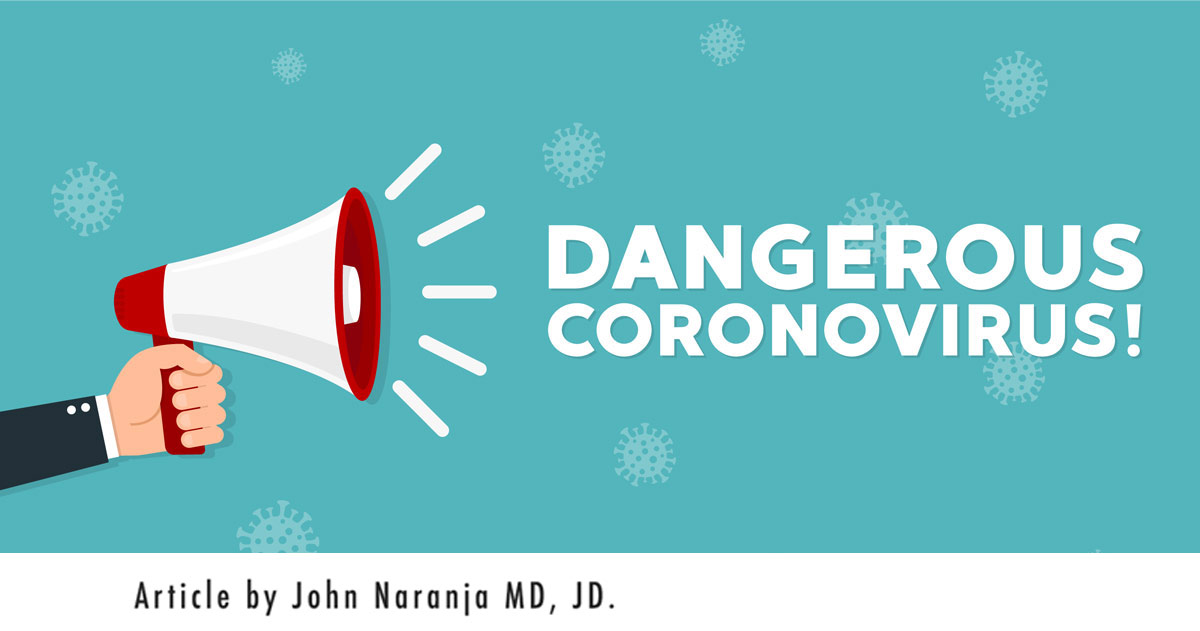
As the intensity and frequency of protests surrounding the death of George Floyd grow, what effect will result with the COVID-19 pandemic?
Although no numbers are currently available, some insight may be obtained by examining data from states where restrictions from COVID-19 have been loosened or eliminated. Restrictions of concern include stay-at-home orders, physical distancing, and mask use.
The Centers for Disease Control suggest that we will not likely see any effects until approximately 2 weeks has passed from the time that a particular restriction is lifted to the time of a COVID-19 infection effect is noted.
Wisconsin may be a model state to review as it is one of the states that abruptly lifted its restrictions on May 13, 2020, after the Wisconsin Supreme Court struck down the Governor’s Stay-At-Home order. Wisconsin subsequently observed many of its public establishments filled with maskless people, less than 6 feet apart. After the two-week time frame elapsed, Wisconsin saw a spike in the number of positive COVID-19 cases, hospitalizations, and deaths. Other states have seen similar effects. For example, in Arkansas, where no stay-at-home order was executed, the COVID-19 infection rate has been steadily rising. In California, there has been a 25% increase in cases. In Kentucky, where protesters marched to remove their state’s lockdown restrictions but ignored physical distancing measures, a spike of COVID cases was also reported.
One infectious disease physician from Johns Hopkins advises that from a public health perspective, “mass gatherings are always going to be a concern when it comes to the spread of viruses like [COVID-19].” The virus does not distinguish the reason for a mass gathering. It can use the opportunity to infect no matter what the circumstance.
Dr. John, Esq. is both an attorney and a physician. Before obtaining his law degree, Dr. John Naranja practiced for approximately 12 years as an orthopedic surgeon.
